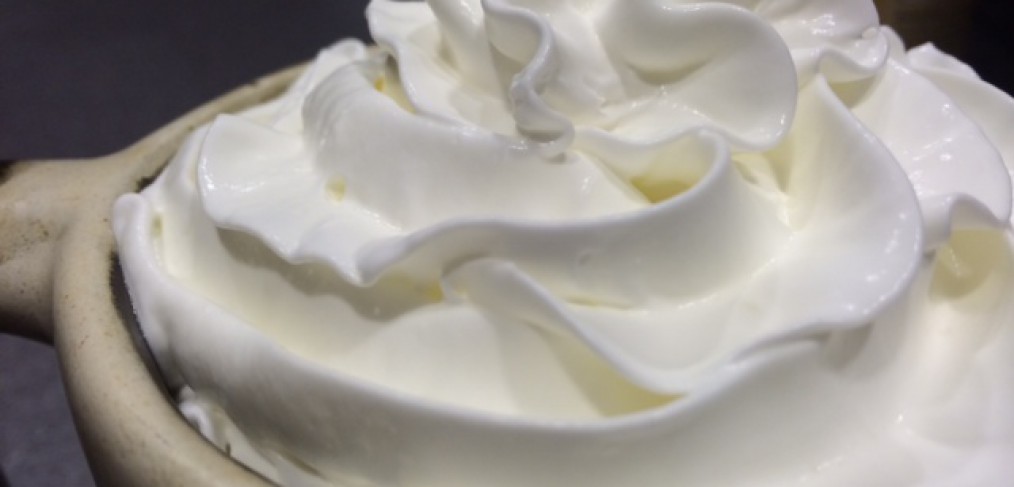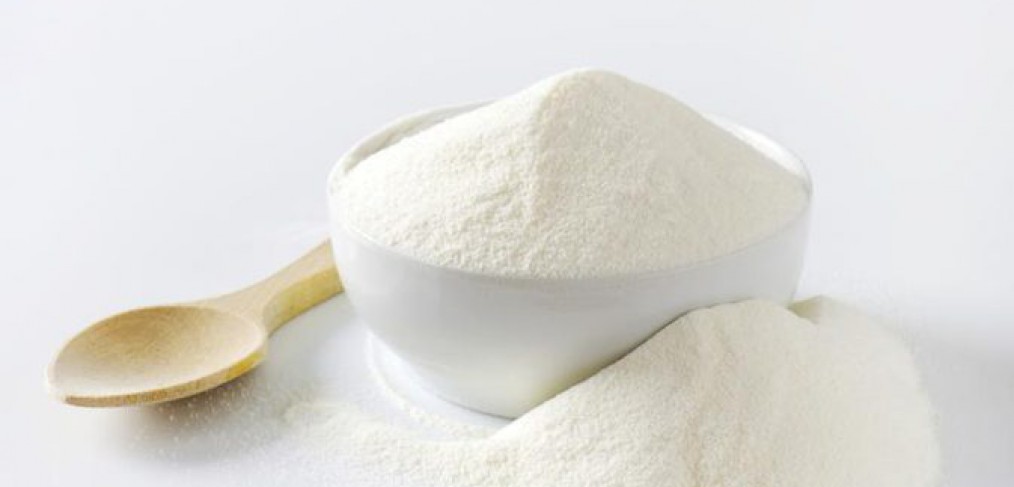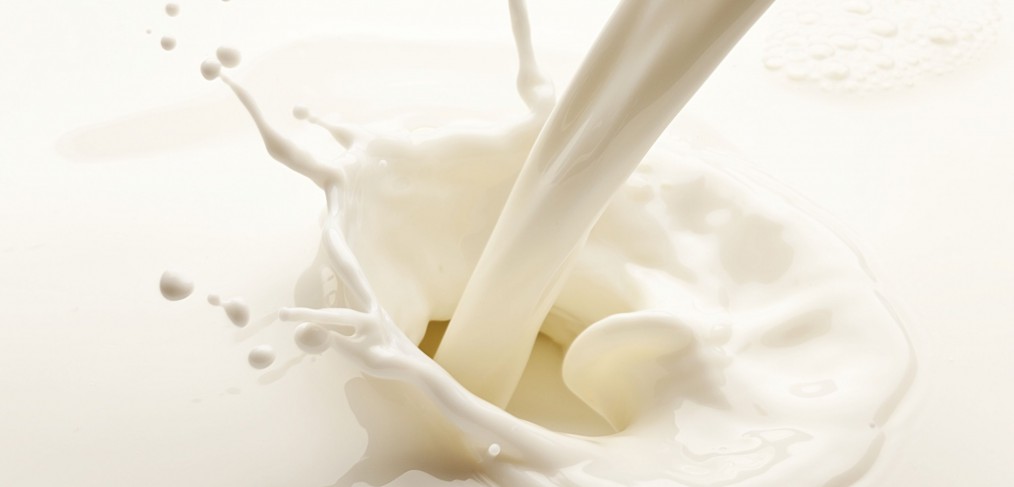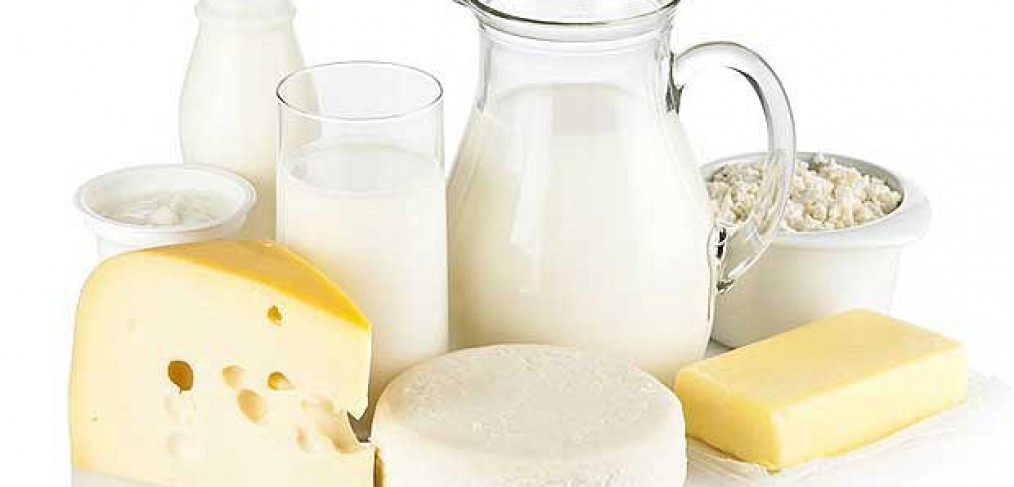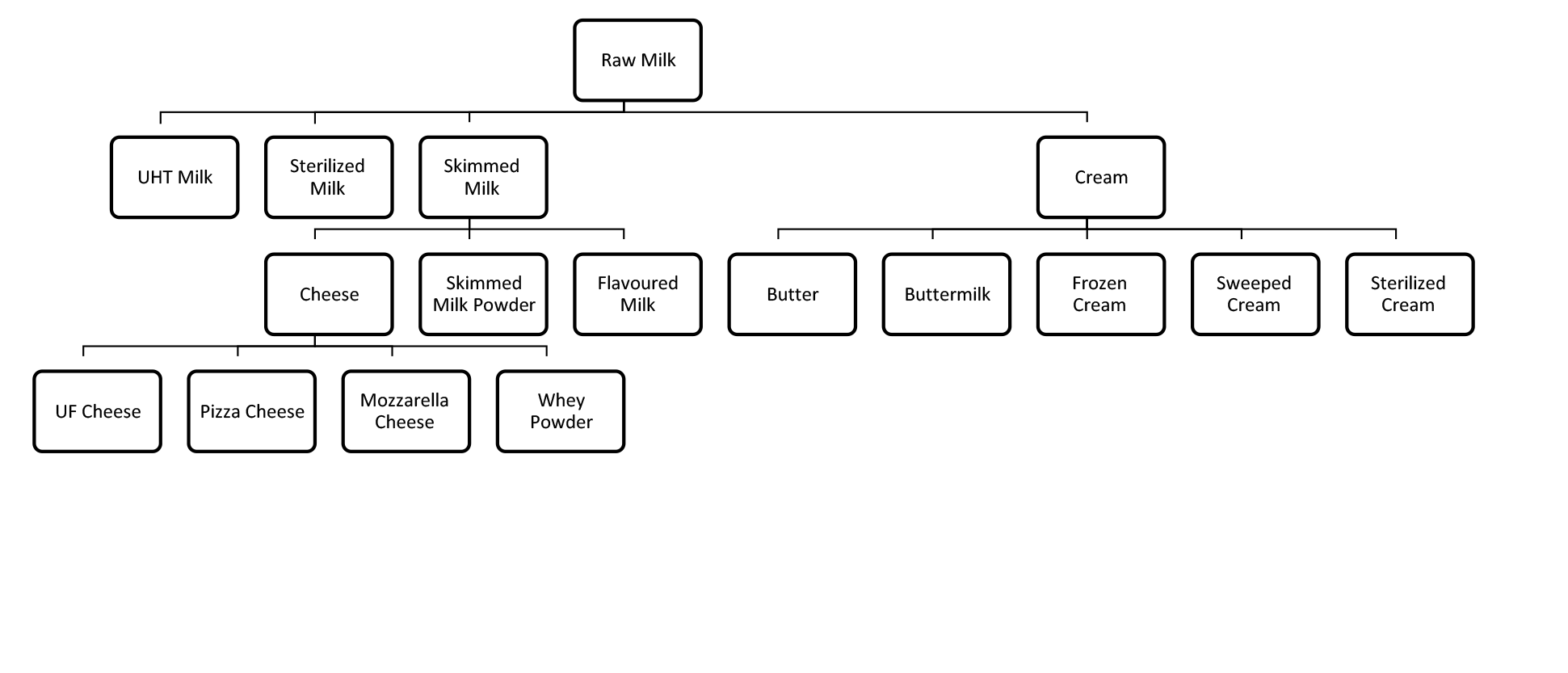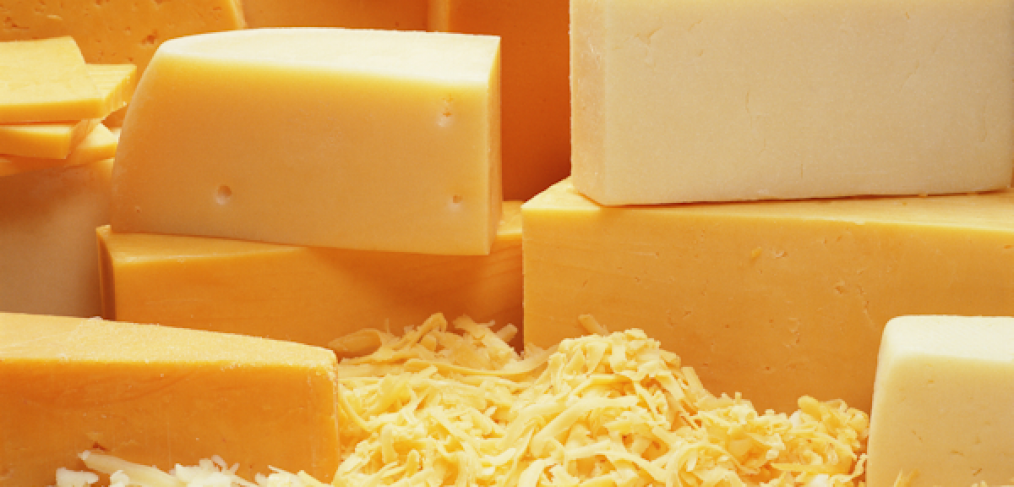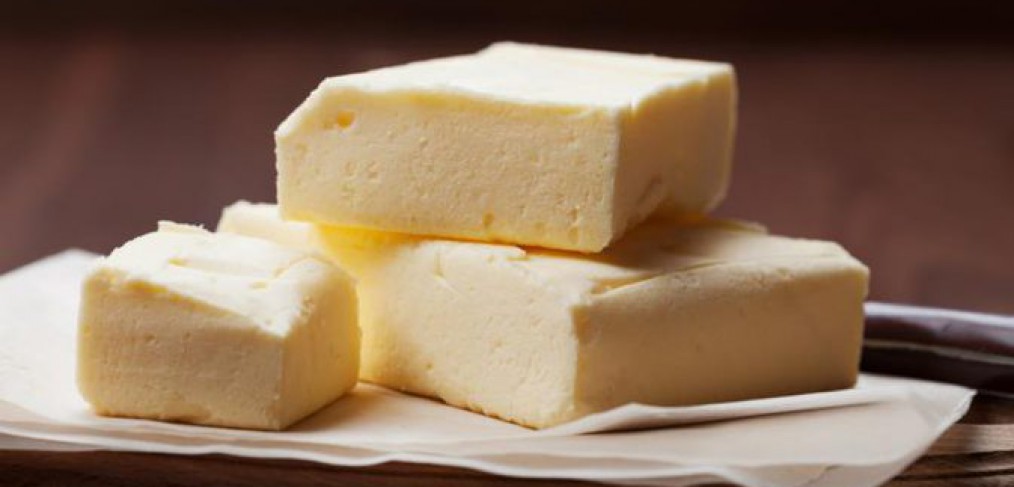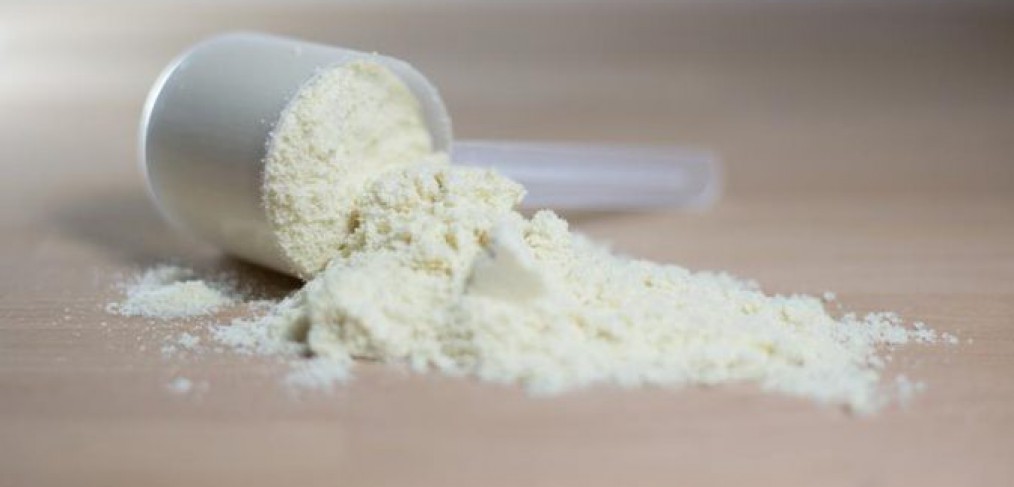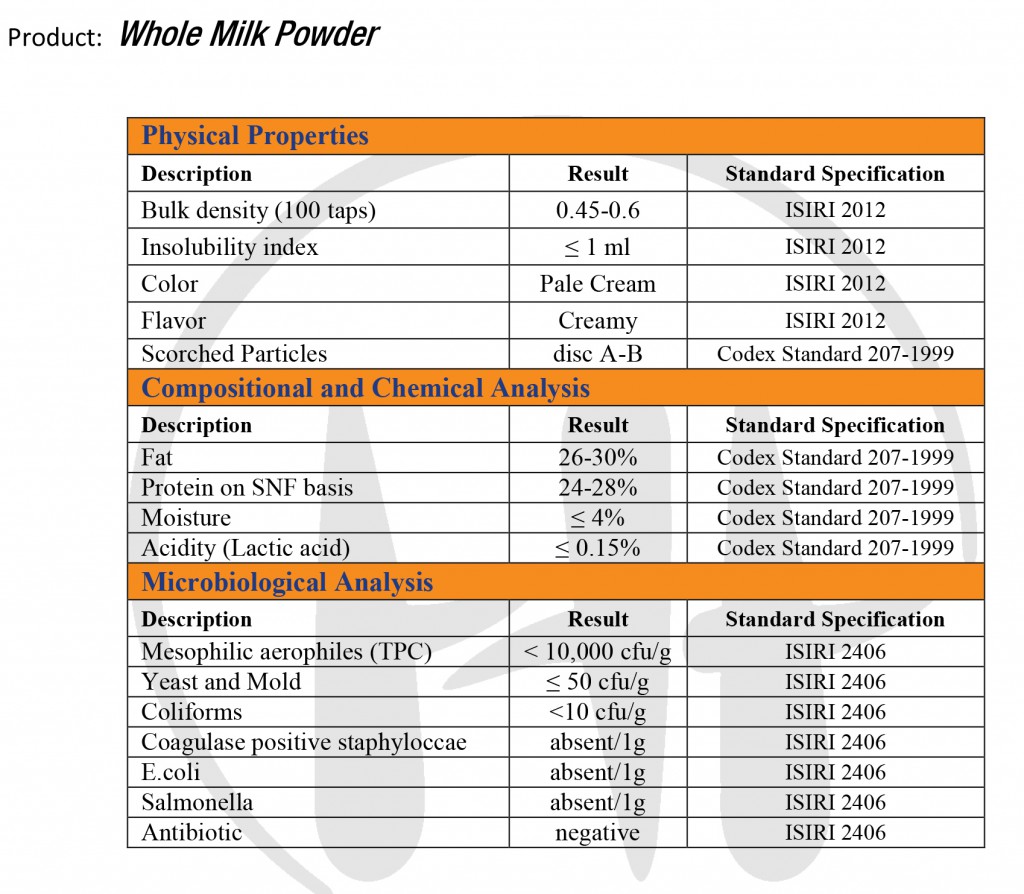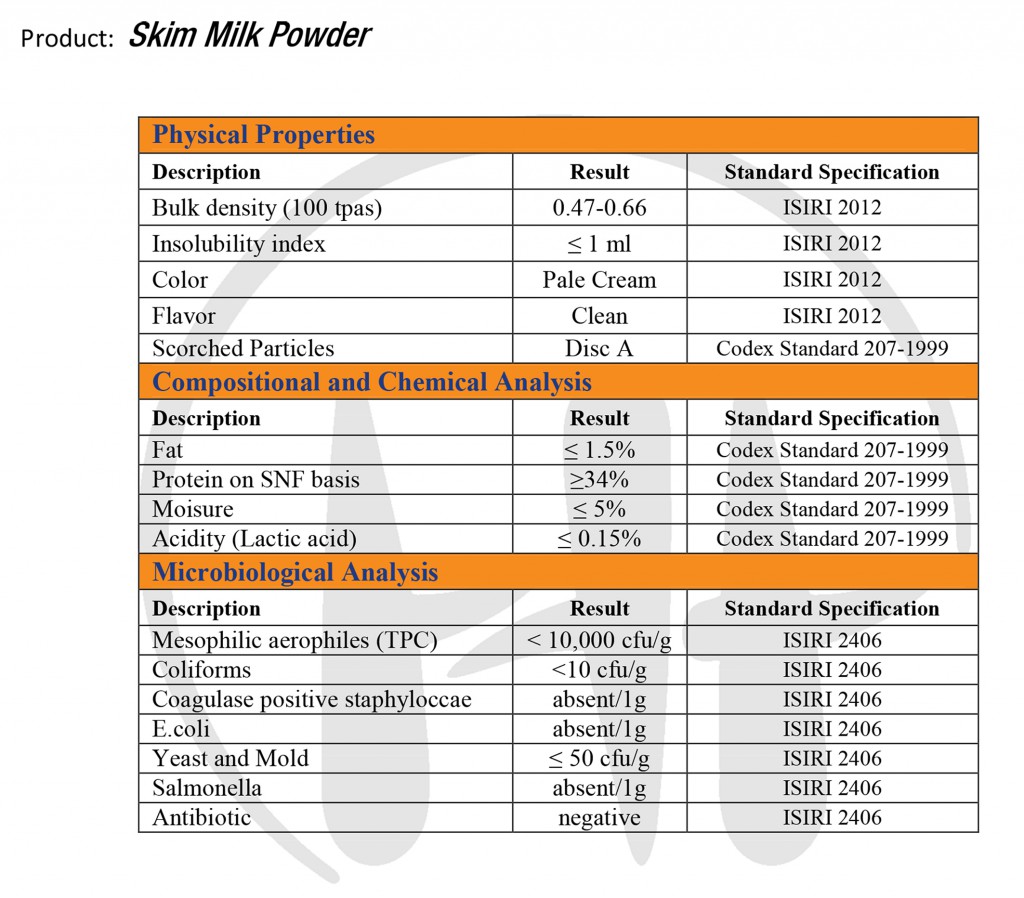Whey powder is a common protein supplement made by dehydrating whey, the liquid by product of cheese production.
After the farmer receives milk from the cattle, the milk is refrigerated and pasteurized. After this process takes place, the milk can either be sold or it can be used to make cheese. A rennet agent is added to the milk to form curd. The whey protein is extracted from the curds by an ultra-filtration process to produce a dried protein powder. Both the fat and the lactose is removed to form the final product: whey protein. Therefore, individuals who have problems digesting lactose can usually take whey protein without any problems.
Powdered milk or dried milk is a manufactured dairy product made by evaporating milk to dryness. One purpose of drying milk is to preserve it; milk powder has a far longer shelf life than liquid milk and does not need to be refrigerated, due to its low moisture content. Another purpose is to reduce its bulk for economy of transportation. Powdered milk and dairy products include such items as dry whole milk, nonfat (skimmed) dry milk, dry butter milk, dry whey products and dry dairy blends.
Pizza cheese encompasses several varieties and types of cheeses and dairy products that are designed and manufactured for use specifically on pizza. These include processed and modified cheese such as mozzarella-like processed cheeses and cheddar and Parmesan.
Butter is a popular dairy product made from cow’s milk.
It is composed of milk fat that has been separated from other milk components. It has a rich flavour and is widely used for cooking, baking, or as a spread on bread.
Sterilized Cream is a dairy product resulting from emulsification of skimmed cow’s milk powder. It is exposed to pasteurization, homogenization, and sterilization process.
The cream skimmed from the milk of a pasture-grazing cow contain carotenoid pigments known to be antioxidants.
Whole Milk Powder is white to light cream in color with a clean, pleasing taste. Typically, dry whole milk is obtained by removing water from pasteurized, homogenized or non-homogenized milk. It may alternatively be manufactured by blending fluid, condensed or nonfat dry milk with liquid or dry cream or with fluid, condensed or dry milk, provided the composition of the whole milk powder conforms to the standard of identity, which says it must contain between 26% and 40% milk fat (by weight) on an “as is” basis and not more than 5% moisture (by weight) on a milk solids-not-fat basis. By removing moisture to the greatest extent possible, microbial growth is prevented. Vitamin A and/or D fortification of whole milk powder is an acceptable option.
Packing: 25 Kg composite bag with inner polyethylene inner.
Product Specification:
Packing: 25 Kg Composite Bag.
Product specification:

